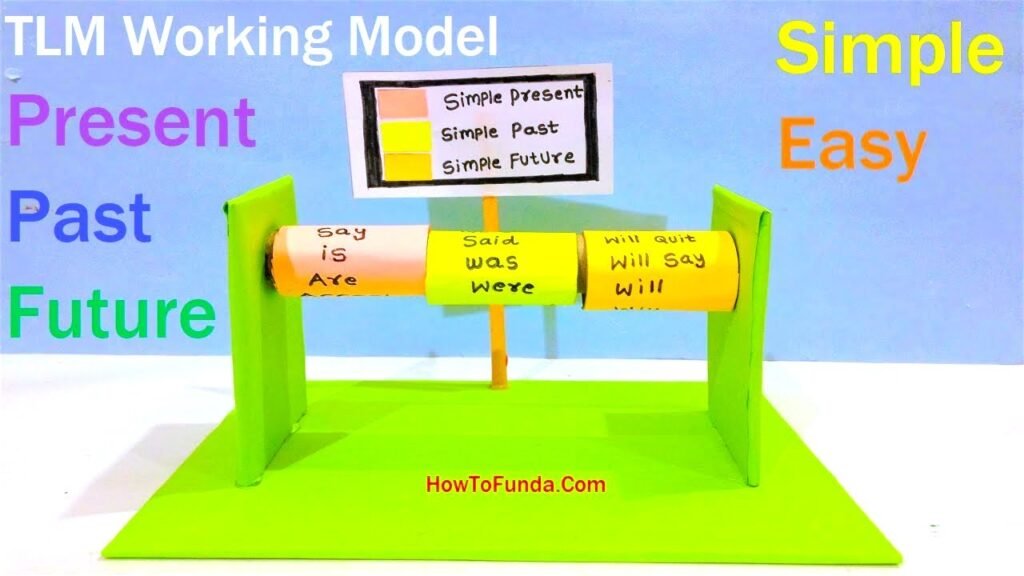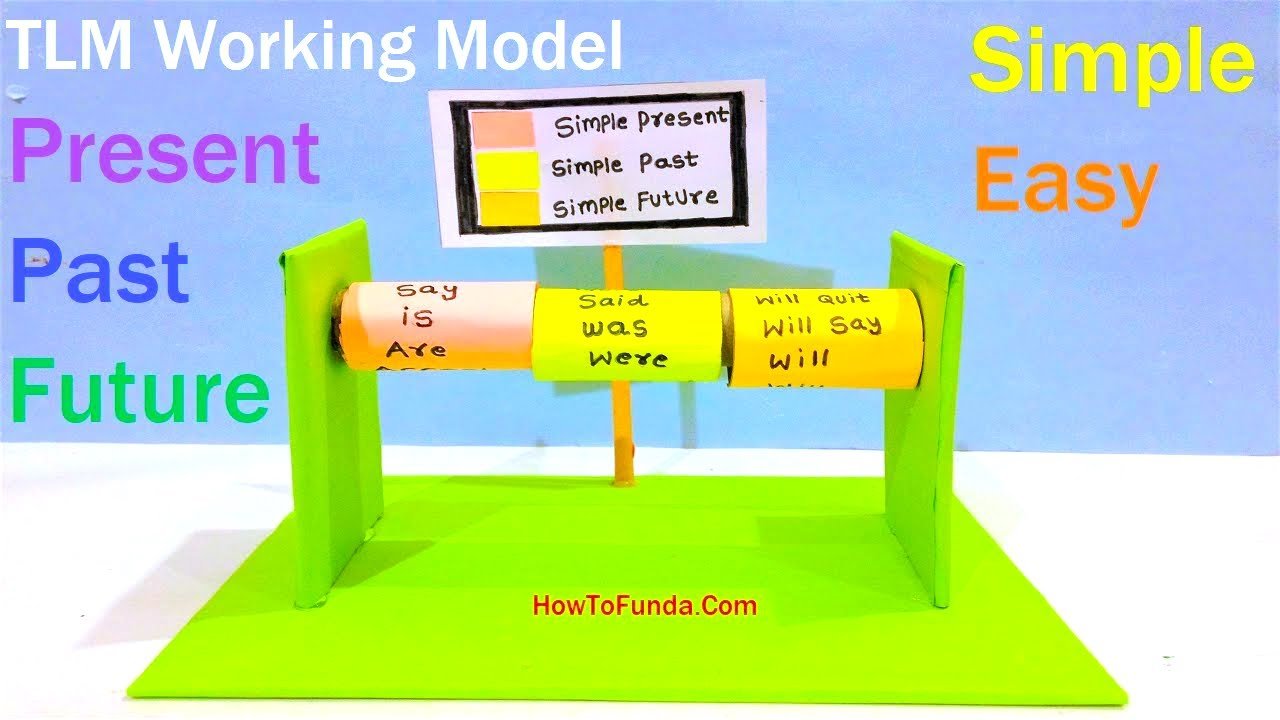Sure, here are 25 working models focusing on various aspects of English grammar, suitable for educational purposes:

- Sentence Structure: A model that breaks down sentences into subject, predicate, and objects with examples.
- Parts of Speech Wheel: A rotating wheel that displays examples and definitions of nouns, verbs, adjectives, adverbs, pronouns, prepositions, conjunctions, and interjections.
- Tense Chart: A visual chart showing different verb tenses (past, present, future) and their forms (simple, continuous, perfect, perfect continuous) with examples.
- Punctuation Pyramid: A 3D model illustrating the use and rules of different punctuation marks (period, comma, semicolon, colon, etc.).
- Active vs. Passive Voice: A comparative model showing sentences in both active and passive voice, highlighting the differences.
- Direct and Indirect Speech: A model that explains the transformation of direct speech into indirect speech with examples and rules.
- Clauses and Phrases: A diagrammatic model that differentiates between clauses and phrases with examples of each type.
- Subject-Verb Agreement: A chart or model demonstrating the rules of subject-verb agreement with various examples.
- Pronoun Antecedent Agreement: A visual guide showing how pronouns must agree with their antecedents in number, gender, and person.
- Modal Verbs Usage: A model explaining the different modal verbs (can, could, will, would, shall, should, may, might, must) and their uses.
- Adjective and Adverb Placement: A diagram showing where adjectives and adverbs should be placed in a sentence.
- Prepositions of Time and Place: A model that explains prepositions related to time (at, in, on) and place (above, below, next to, etc.).
- Compound and Complex Sentences: A visual representation of how to form compound and complex sentences with conjunctions and subordinators.
- Gerunds and Infinitives: A chart showing the use of gerunds and infinitives in sentences, including verbs that are followed by one or the other.
- Articles (A, An, The): A model explaining the usage of definite and indefinite articles with examples.
- Countable and Uncountable Nouns: A comparative chart showing examples of countable and uncountable nouns and their correct usage.
- Forming Questions: A model illustrating how to form yes/no questions, wh-questions, and tag questions.
- Comparative and Superlative Adjectives: A model explaining the rules for forming and using comparative and superlative adjectives.
- Relative Clauses: A model showing how to form and use defining and non-defining relative clauses.
- Conditional Sentences: A chart explaining the different types of conditional sentences (zero, first, second, third) with examples.
- Idioms and Phrases: A visual model that lists common idioms and phrases with their meanings and example sentences.
- Reported Speech: A model that explains how to convert direct speech into reported speech, focusing on changes in tense, pronouns, and time expressions.
- Sentence Types: A chart showing different types of sentences (declarative, interrogative, imperative, exclamatory) with examples.
- Conjunctions and Connectors: A visual guide showing coordinating, subordinating, and correlative conjunctions with examples of their use.
- Homophones and Homonyms: A model that lists common homophones and homonyms, explaining their meanings and usage in sentences.
These models are designed to make English grammar concepts clear and accessible, providing visual aids and examples to enhance understanding and retention.

